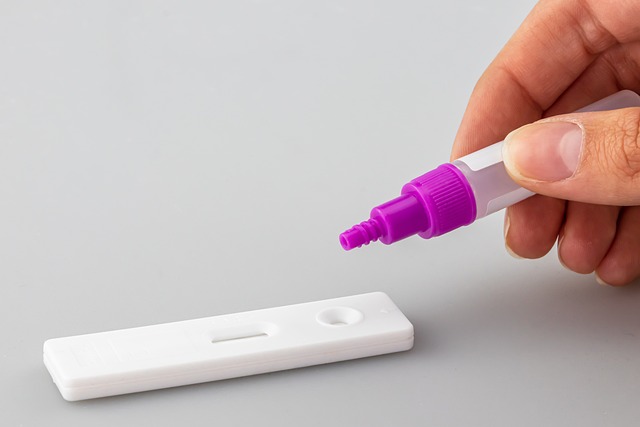The Standard Liver Blood Test UK (Full Blood Count) is a vital diagnostic tool for identifying iron deficiency anemia and evaluating liver health. By measuring hemoglobin, red blood cells, and key enzymes like ALT, AST, bilirubin, and albumin, this test helps detect conditions such as hepatitis or cirrhosis early, enabling timely treatment and maintaining optimal blood and liver health.
“Iron deficiency anemia is a common yet serious condition, often caused by inadequate iron intake or blood loss. It can leave individuals feeling fatigued and weak. This article explores how liver blood tests play a pivotal role in diagnosing this deficiency, with a specific focus on the Standard Liver Blood Test UK. We’ll guide you through understanding the test’s components, what results indicate, and how it helps healthcare professionals tailor treatment plans for effective management of iron deficiency anemia.”
- Understanding Iron Deficiency Anemia and its Symptoms
- The Role of Liver Blood Tests in Diagnosing Iron Deficiency Anemia
- Standard Liver Blood Test UK: What to Expect and How to Interpret Results
Understanding Iron Deficiency Anemia and its Symptoms
Iron deficiency anemia is a common blood disorder where the body lacks sufficient healthy red blood cells, leading to poor oxygen delivery to vital organs and tissues. It occurs when there is an inadequate amount of iron, a crucial component of hemoglobin, in the bloodstream. Iron plays a critical role in carrying oxygen from the lungs to every cell in the body. When iron levels are low, symptoms can include fatigue, weakness, pale skin, shortness of breath, dizziness, and headaches.
A standard liver blood test (SLBT) UK, also known as a full blood count (FBC), is often used to diagnose anemia. This test measures different types of blood cells, including red blood cells (RBCs) and provides valuable insights into potential health issues. In the case of iron deficiency anemia, a SLBT may reveal low hemoglobin levels, indicating reduced red blood cell volume and functionality. By identifying these abnormalities early on, individuals can receive appropriate treatment, such as dietary changes, iron supplements, or in severe cases, medical interventions to restore iron levels and overall blood health.
The Role of Liver Blood Tests in Diagnosing Iron Deficiency Anemia
In the diagnosis of iron deficiency anemia, liver blood tests play a crucial role in providing valuable insights into a patient’s overall health status. These tests are an essential part of the standard liver blood test UK protocol, offering more than just a snapshot of liver function. By assessing various enzymes and proteins, healthcare professionals can detect abnormalities that may indicate underlying conditions associated with iron deficiency anemia.
One key enzyme to monitor is alanine aminotransferase (ALT), elevated levels of which could suggest liver damage or inflammation. Another important marker is aspartate aminotransferase (AST), often elevated in cases of liver disease or tissue damage. Additionally, tests for total bilirubin, albumin, and prothrombin time (PT) can provide further clues about liver health and overall nutrition, as deficiencies in these areas may be linked to iron deficiency anemia. These comprehensive assessments help in identifying not just the presence of anemia but also potential causes, enabling more effective treatment strategies.
Standard Liver Blood Test UK: What to Expect and How to Interpret Results
Iron deficiency anemia is a common yet treatable condition, and the Standard Liver Blood Test UK plays a crucial role in its diagnosis. By analyzing various blood components, this test provides valuable insights into iron levels and overall liver health. Understanding the results of such tests empowers individuals to take proactive measures for better well-being. If you suspect any symptoms or have concerns, consulting a healthcare professional is essential for accurate interpretation and personalized guidance.
